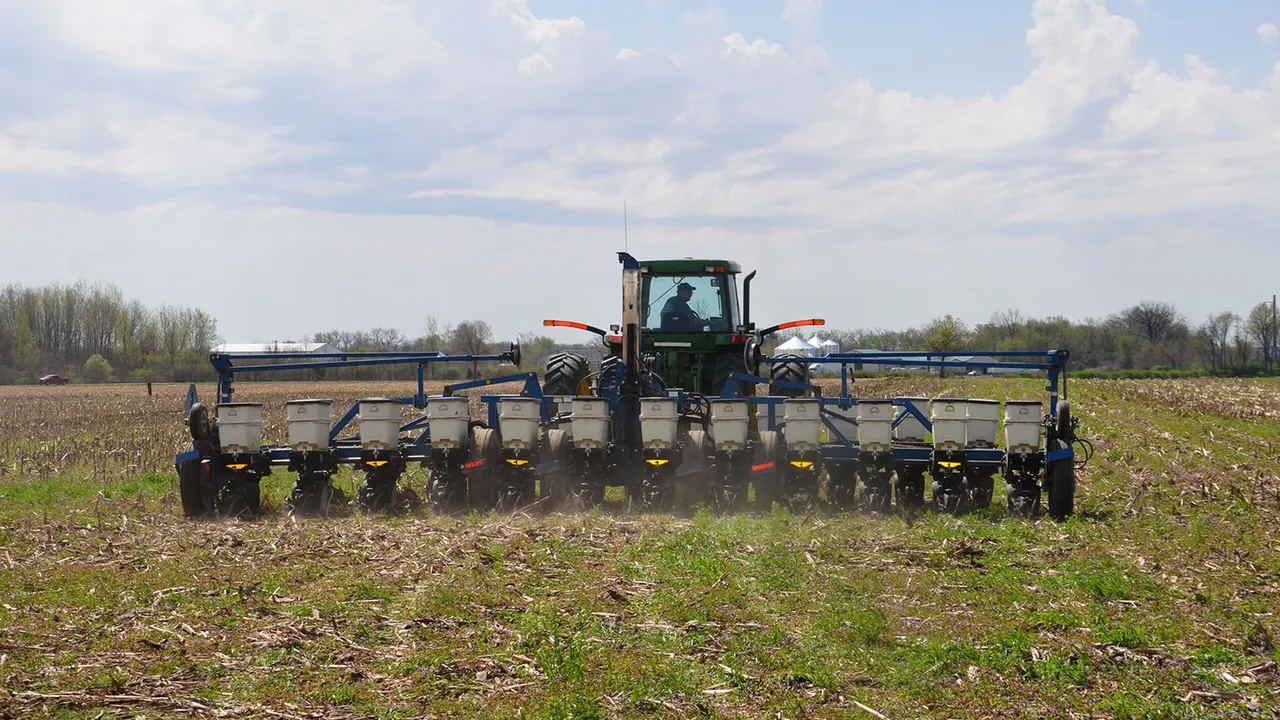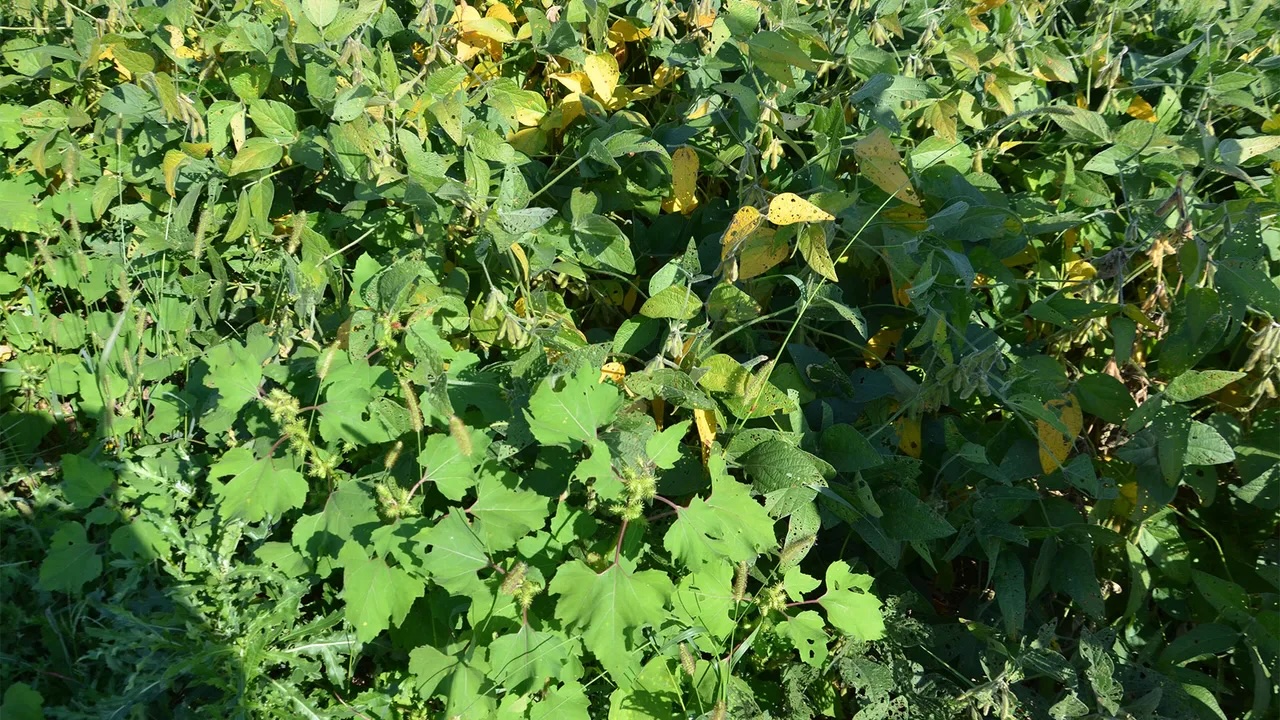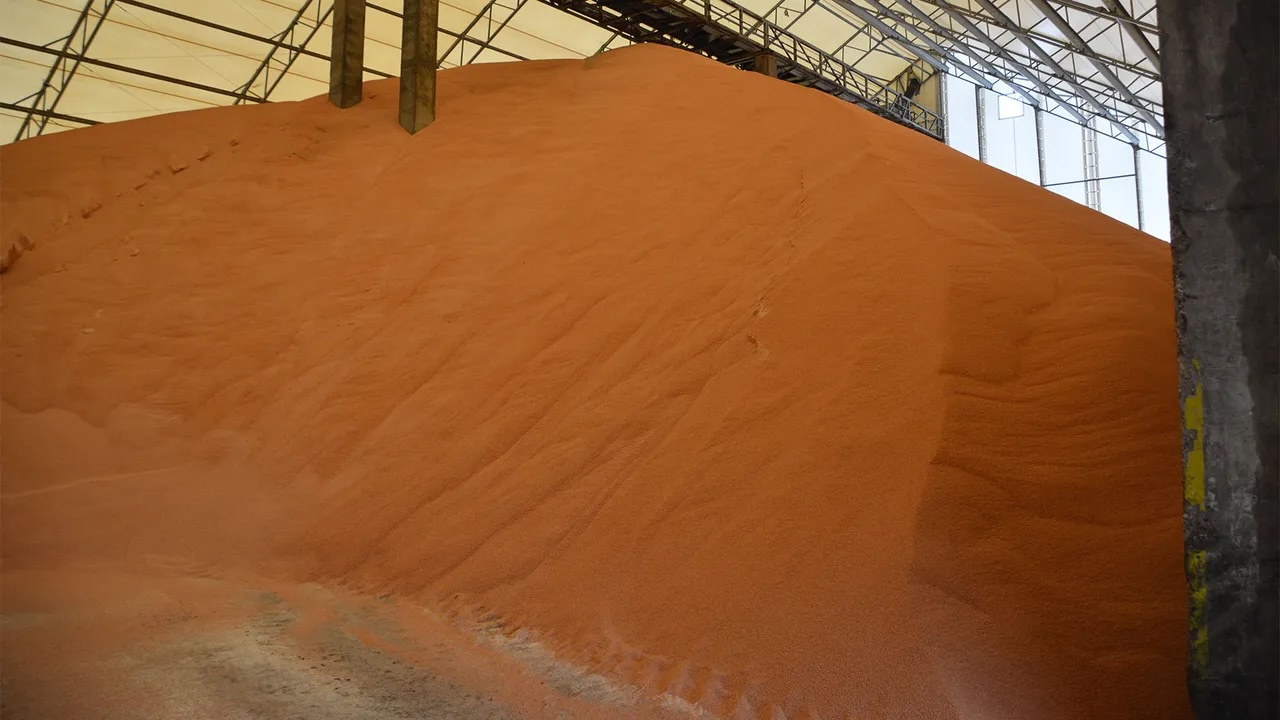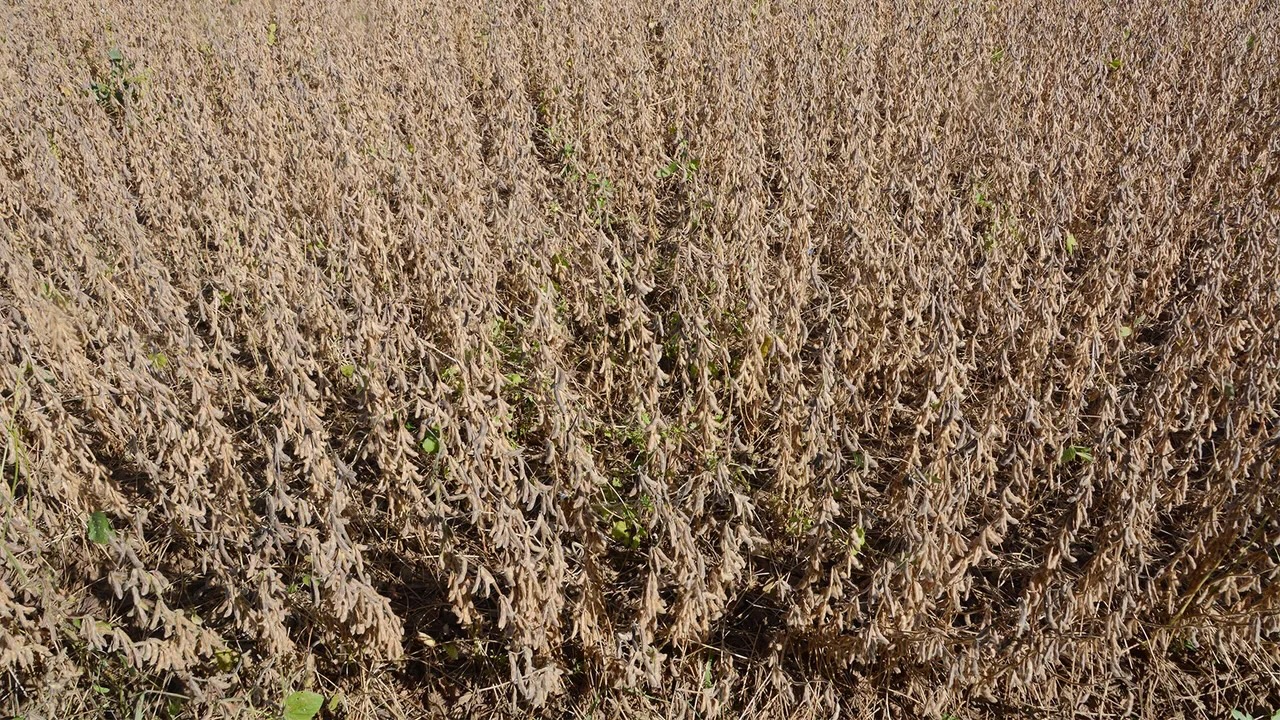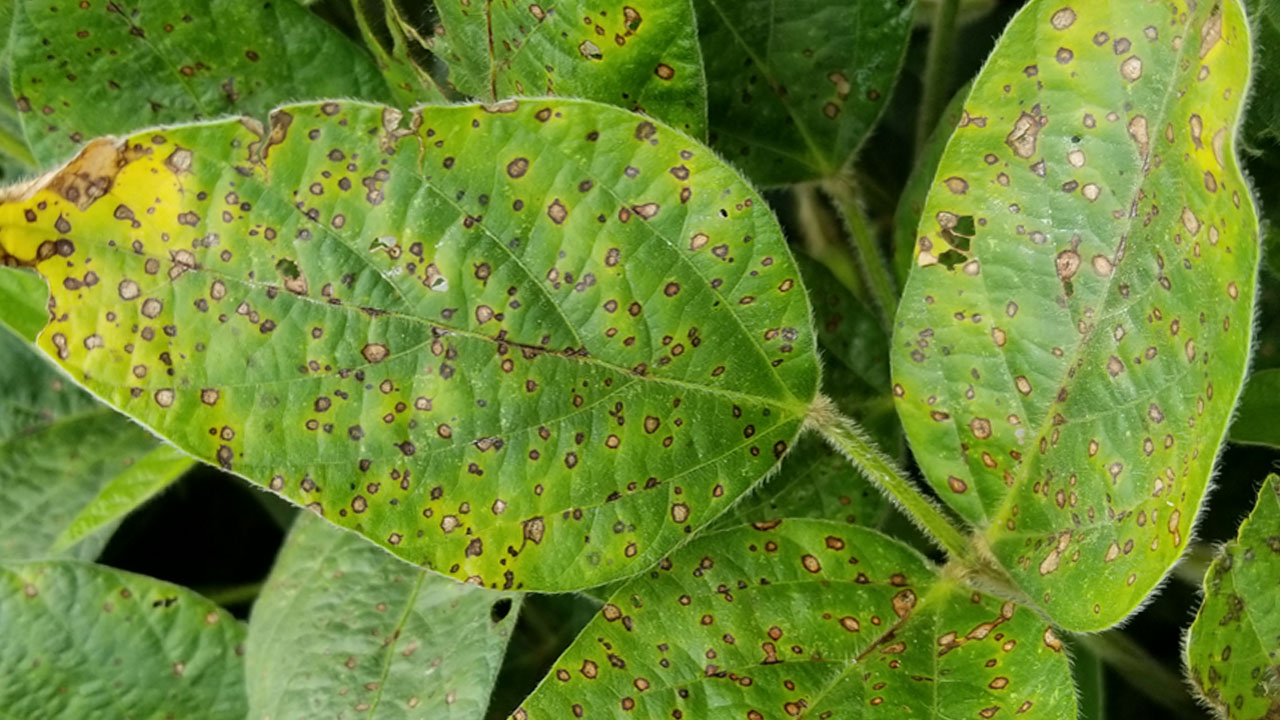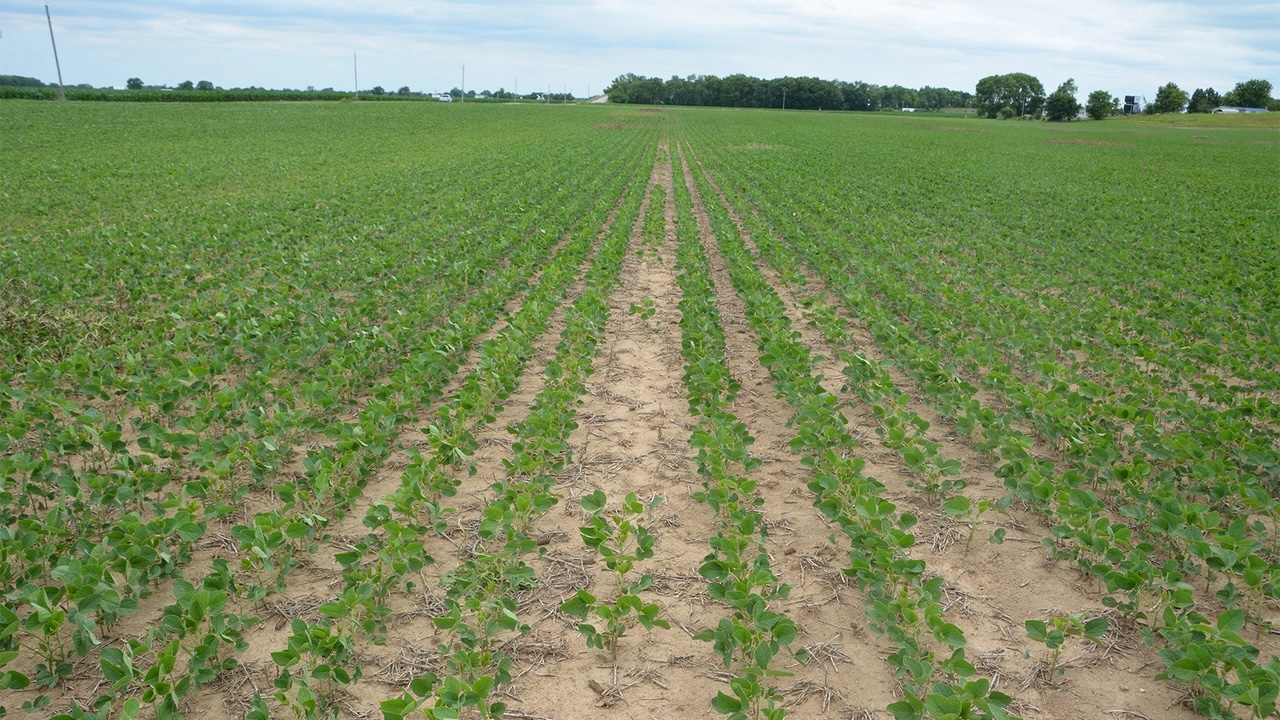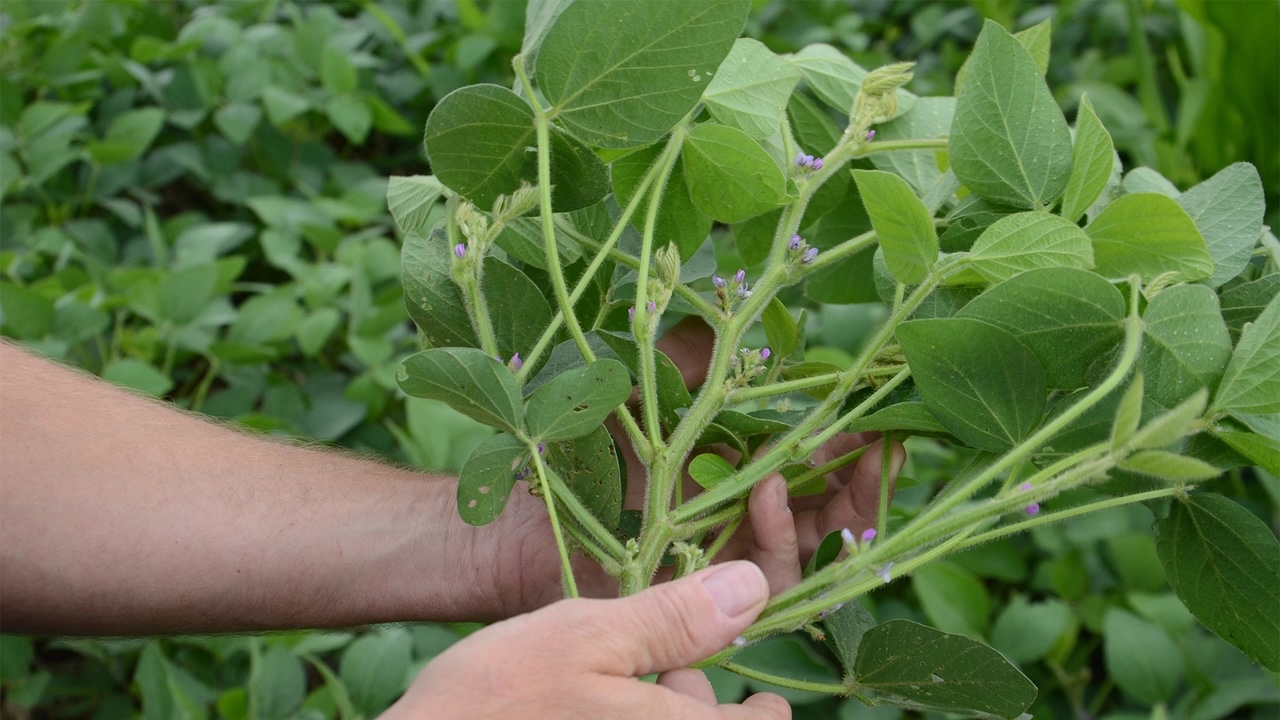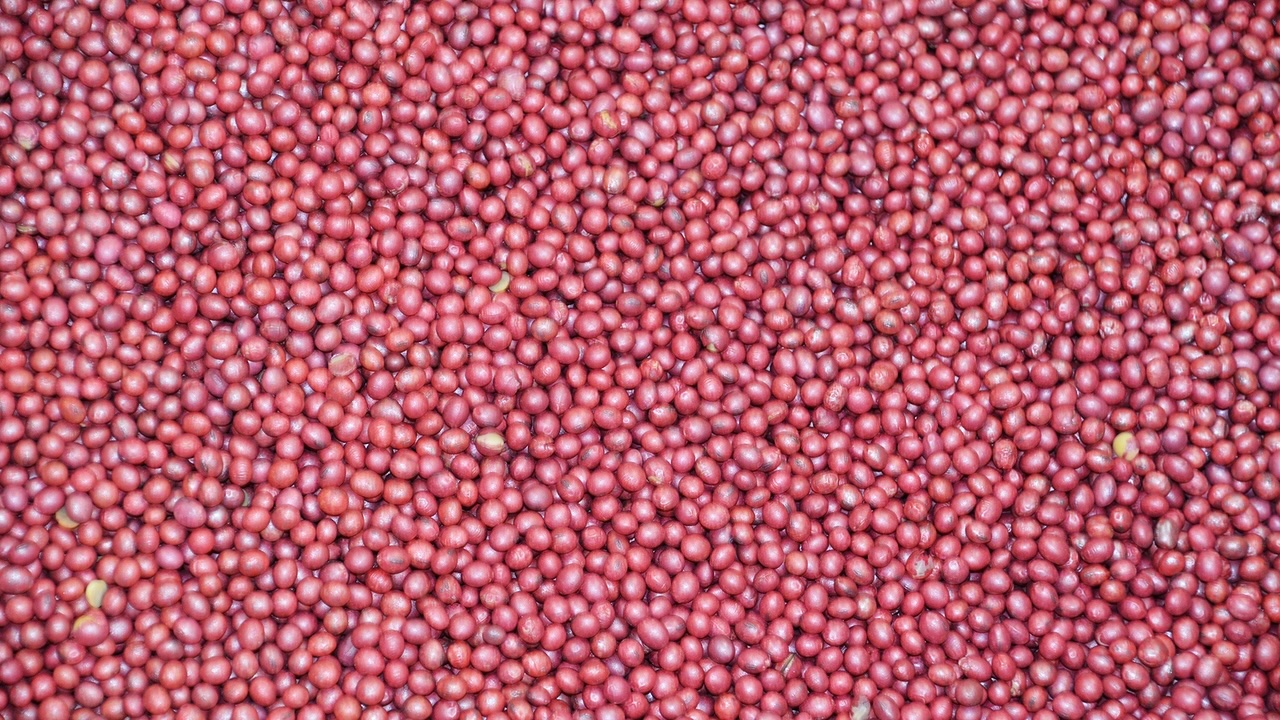Indiana Prairie Farmer publishes a column written by Tom Bechman with the help of CCAs for CCAs and their clients. With permission from Prairie Farmer we are posting these Corn and Soybean Corner articles on the CCA website. Many thanks to the authors and the support of Indiana Prairie Farmer.

Soybean Corner Articles
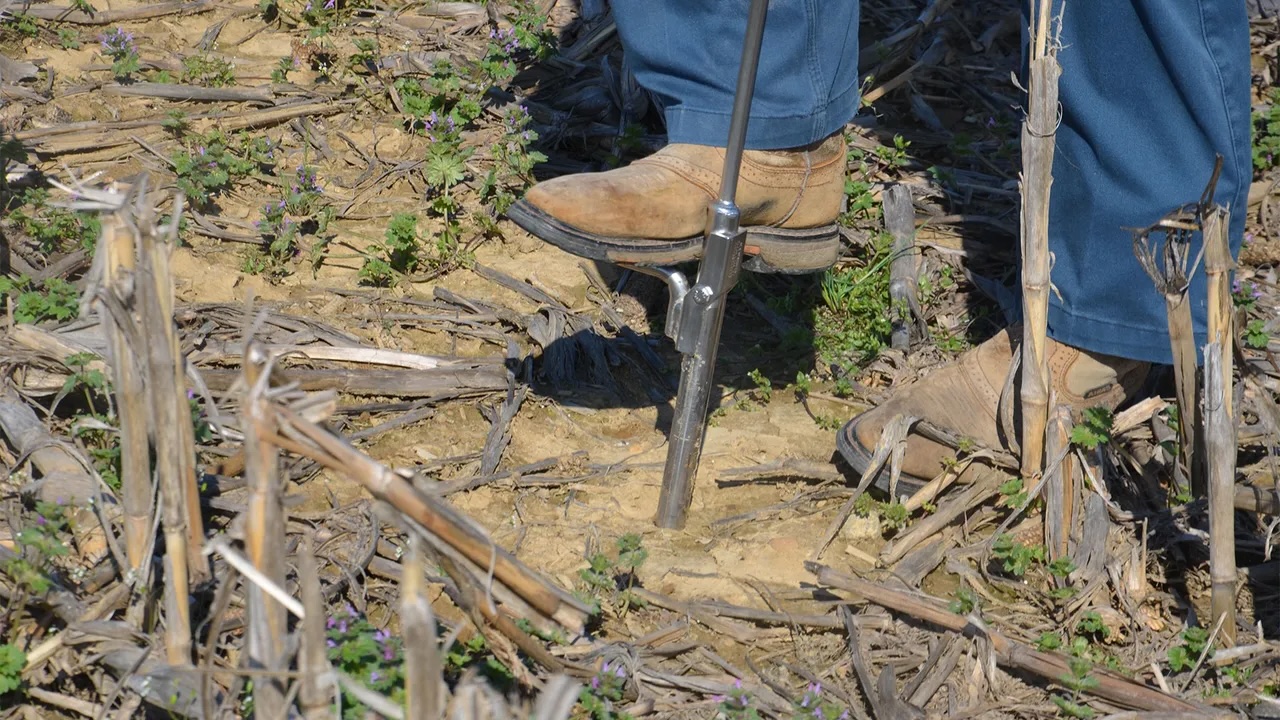
Soil testing must drive fertilizer decisions for ’26
The Indiana Certified Crop Adviser panel this month includes Steve Gauck, an agronomy manager for Beck’s, Greensburg; Jeff Nagel, agronomist for Keystone Cooperative, Lafayette; and Marty Park, agronomist with Gutwein Seed Services, Rensselaer.
I want to save on fertilizer costs in 2026. Which nutrients should I prioritize for my soybean acreage? Which can take a back seat?
Gauck: This is a loaded question without looking at soil test results. This is also why regular soil testing can be beneficial. Soybeans need calcium and potassium to push yields. I always start with pH on a soil test. If pH levels are good, you can hold off another year on lime. Phosphorus is similar. If soil tests fall into the adequate range with good pH levels, you could back down slightly on those rates.
To push and sometimes even maintain yields, we need to apply potash. If you cut fertilizer rates, consider tissue testing throughout the season. This can give you an idea of when your crop is falling short. You could help the crop by making foliar applications. Don’t count on foliar feeding to replace all dry fertilizer, but it can help shift come cost this year.
Nagel: The best way to approach this is through a sound, intensive soil testing program. Insights can provide key information on soil pH, P, K, magnesium and micronutrients like zinc. Adequate soil pH is important, so make sure limestone applications are applied where needed. Be strategic with fertilizer inputs. Allocate based on soil test levels by reducing or omitting fertilizer on high and very high testing areas while keeping sufficient fertilizer rates on low testing areas. Reducing or omitting fertilizer on lower testing areas could lead to yield reductions.
Rather than just reduce or omit a particular nutrient, think of a balanced nutrition approach. Everyone thinks that soybeans are just responsive to potassium. In most situations, soybeans follow corn. There can be 80 to 100 pounds of potash leached from corn residue over time with rainfall for the next soybean crop.
Soybeans are also responsive to phosphorus. Be cautious about totally omitting P from the program. We continue seeing yield responses to plant available sulfur applications, particularly with earlier planted soybeans. Plan on investing in sulfur on early-planted soybeans and sandier-textured fields.
Park: The first step is evaluating soil tests results. Make a game plan based on sample data. Look at pH levels first. It is a huge driver in nutrient availability. Check potash and phosphate levels to make sure they are above the critical level. We don’t want either one of these to be yield limiting factors. If you are planting soybeans early, sulfur is very important to getting small seedlings off to a great start in a cold wet environment or in low organic matter soils. Sulfur is not as important if you are planting later into warm soils with good organic matter.
Another consideration with high fertilizer prices is applying a one-year spread versus applying enough fertilizer for the next two crops. Just be careful trying to save money. The name of the game is growing cost-effective bushels.

